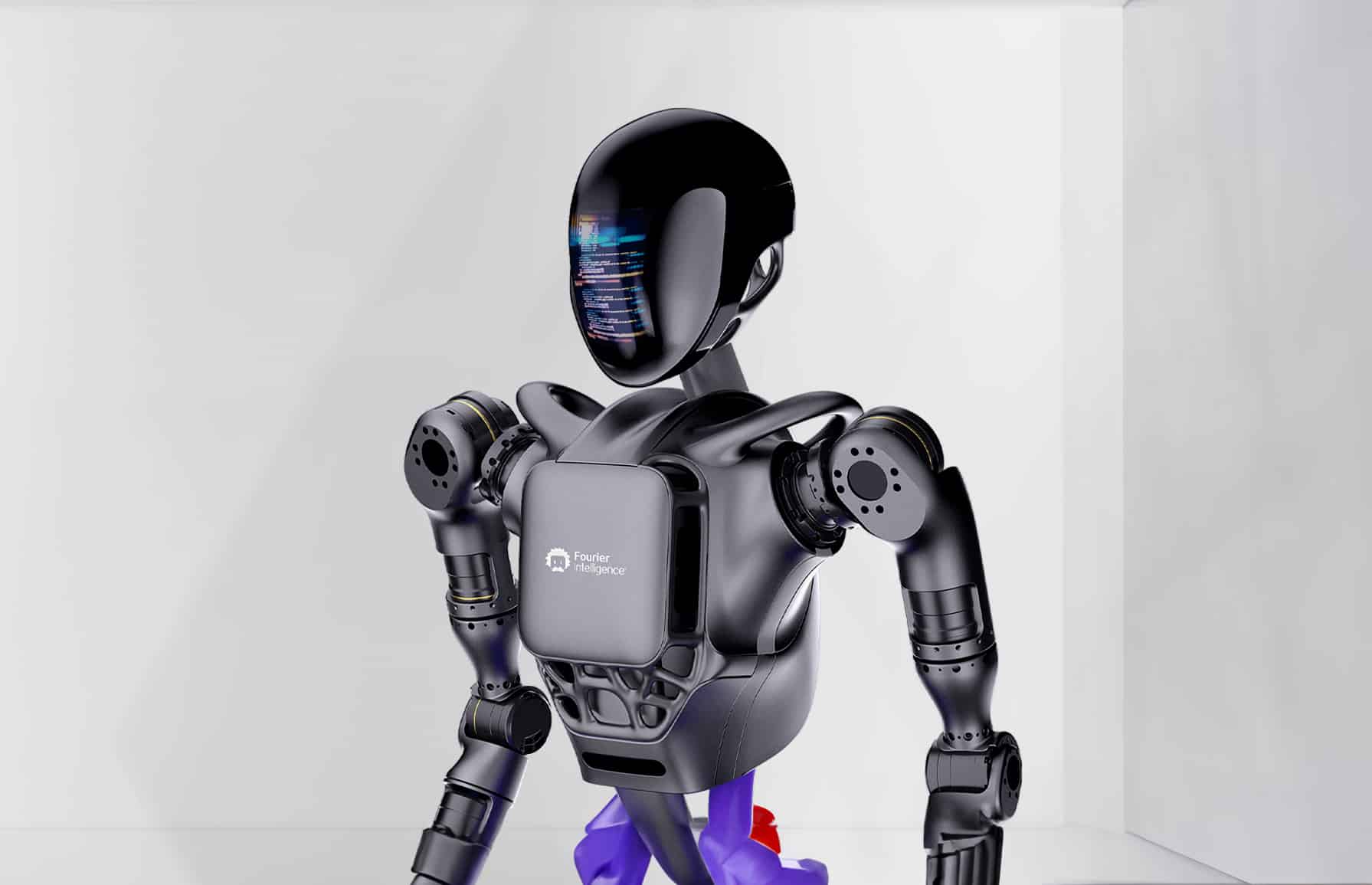
In response to the increasing demand for medical services amid labor shortages and a rapidly aging population, Shanghai-based Fourier Intelligence is developing an innovative humanoid robot. The GR-1, as it is called, promises to transform healthcare facilities and offer vital assistance to the elderly.
A new era of robot-assisted caregiving
Like many countries, China is confronting the challenge of an aging population. The number of individuals aged 60 and over is projected to rise from 280 million to over 400 million by 2035, according to estimates from the country’s National Health Commission. That’s more than the entire population of the United States projected for that year.
It’s not the sheer number of the elderly that is a problem, but rather their share of the overall population. By 2040, nearly 30% of China’s population will be 60 or older.
This significant demographic shift indicates a crucial turning point for China, as it will no longer possess its previous advantage of abundant and inexpensive skilled labor. Instead, the nation will face the formidable economic challenge of providing adequate care for its rapidly aging population.
Virtually all developed countries face this same exact problem. The share of the US population ages 65 and older is growing at an unprecedented rate, largely driven by the baby boomer generation. Studies project that the number of Americans ages 65 and older will nearly double from 52 million (16% of the population) in 2018 to 95 million (23% of the population) by 2060.
It is out of this dire need to address labor shortages and ensure adequate care for the elderly that the GR-1 was born.

The GR-1 is poised to be the world’s first mass-produced humanoid robot. This 1.64-meter-tall, 55-kilogram robot possesses an array of human-like capabilities, including walking, obstacle avoidance, and the ability to perform routine physical tasks such as lifting objects.
With an emphasis on versatility, the GR-1 can also assist in transferring patients from beds to wheelchairs—an essential function in healthcare facilities.
Zen Koh, CEO and Co-founder of Fourier Intelligence, envisions a future where the GR-1 becomes an indispensable caregiver, therapy assistant, and — why not — a companion for the elderly.
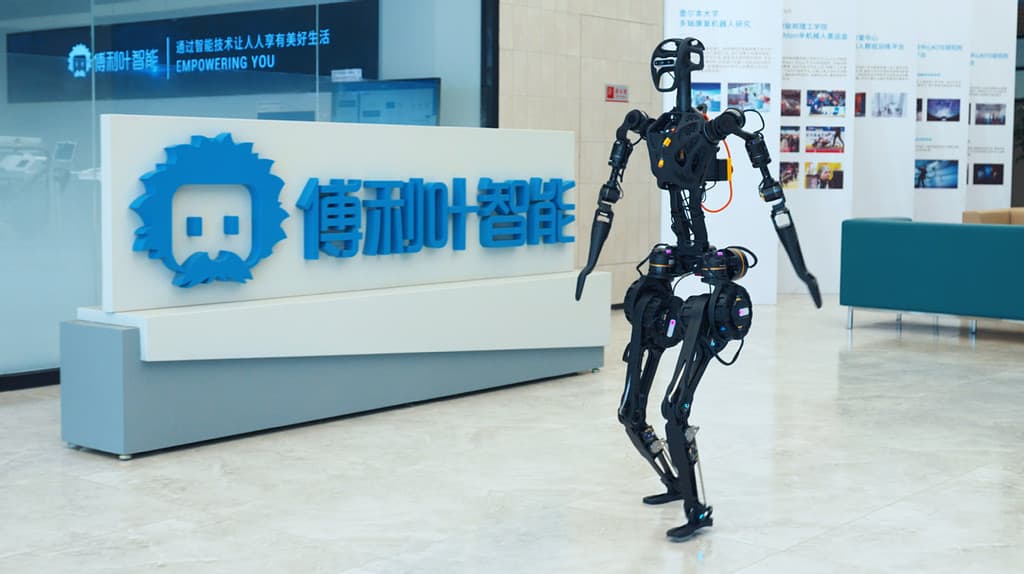
As a testament to the robot’s adaptability, Koh highlights that it can be programmed to sit, stand, jump, and handle various utensils and tools. Engineers are actively exploring ways to enhance the robot’s capabilities and ensure its seamless integration into healthcare settings.
Fourier Intelligence has an extensive history of manufacturing rehabilitation technology and exoskeletons, which serves as a strong foundation for the development of the GR-1. By combining rehabilitation knowledge with humanoid robotics, Fourier Intelligence aims to create a comprehensive solution that benefits patients across various healthcare needs.
Fourier Intelligence is integrating AI tools like ChatGPT into the interaction capabilities of their robot, GR-1, in order to facilitate more human-like communication. Additionally, they are exploring other applications, such as disaster relief and response, senior care, and household services.
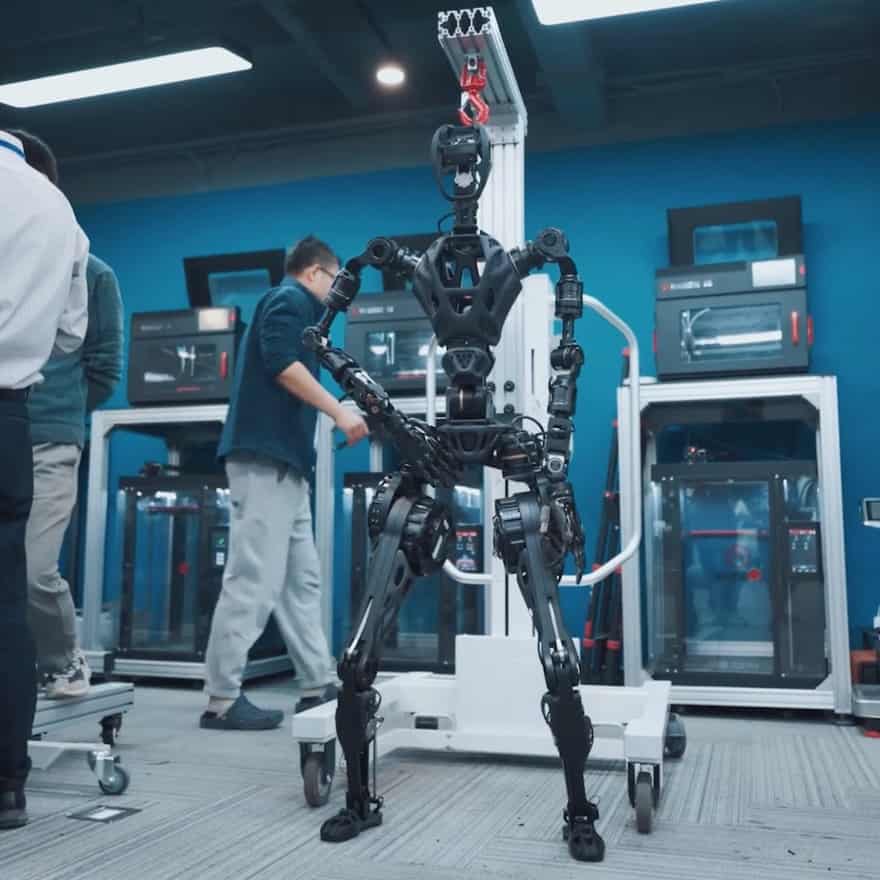
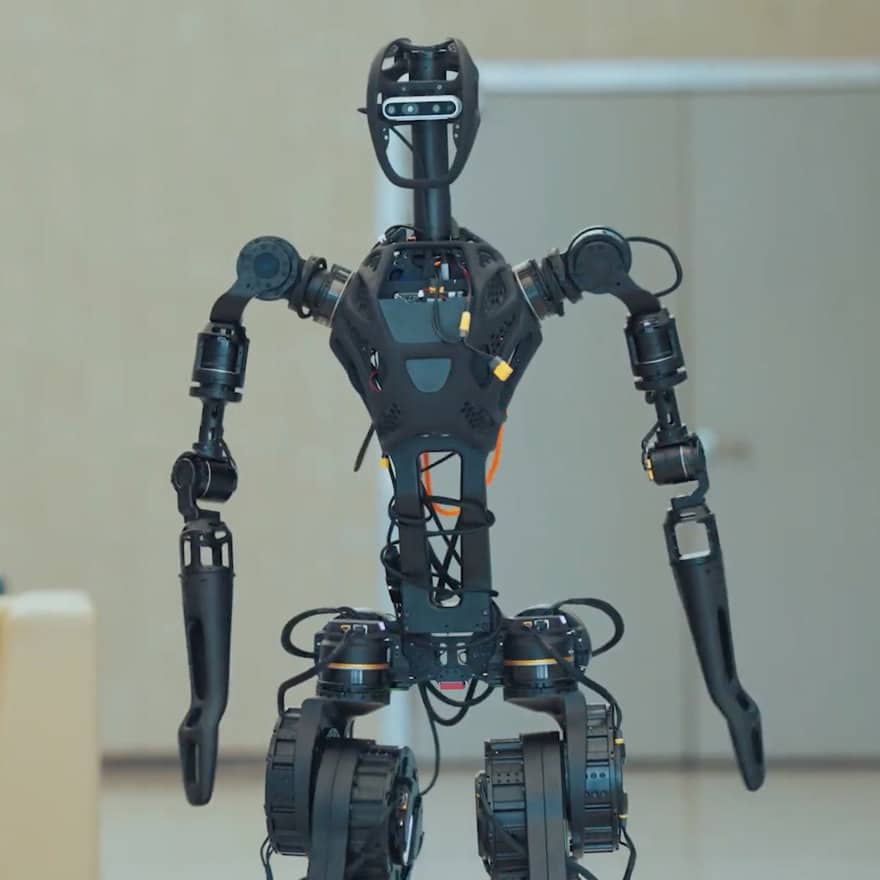
For a humanoid bot that is supposed to work with people, The GR-1 sure looks menacing in some of these pictures. However, the version featured above is the bear-bones exoskeleton. However, the final version is supposed to look more tame once it’s fitted with a shiny chrome-like casing.
Curiously, the renders feature a huge red button on the back. One can only hope that’s a kill switch. Just saying.
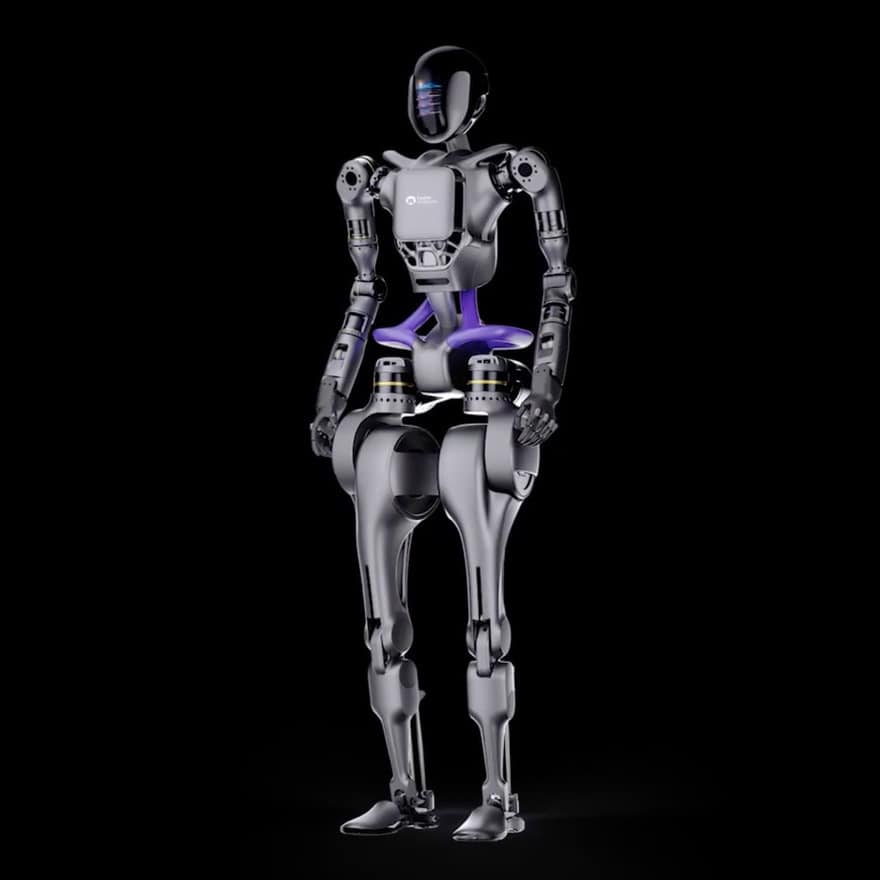
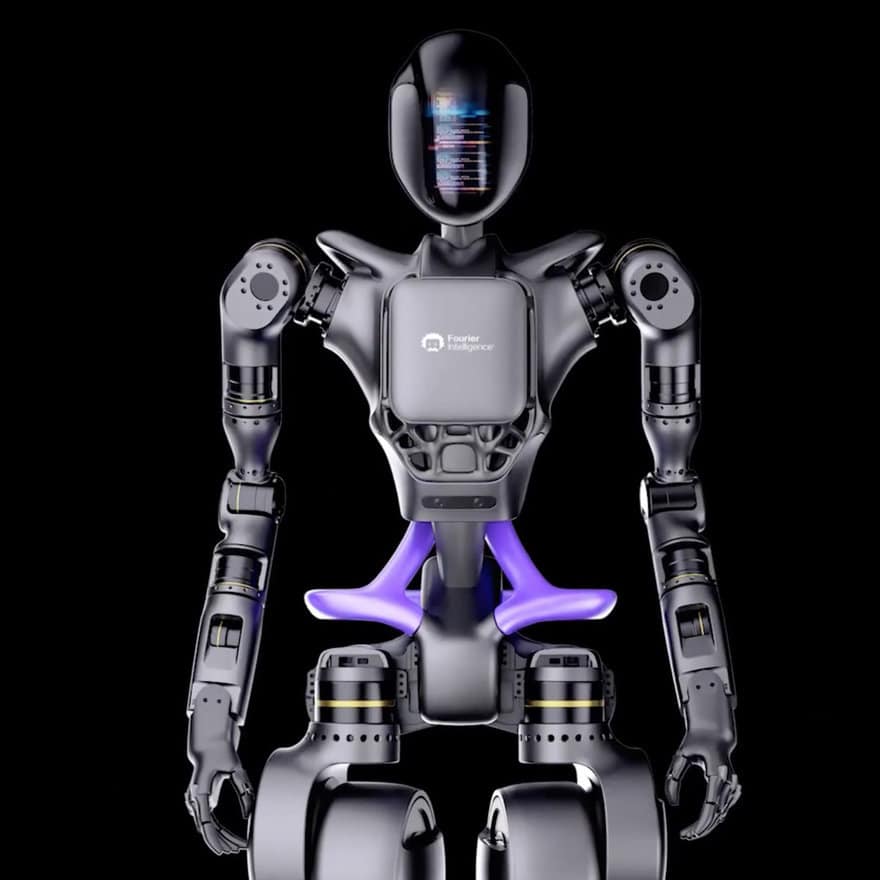
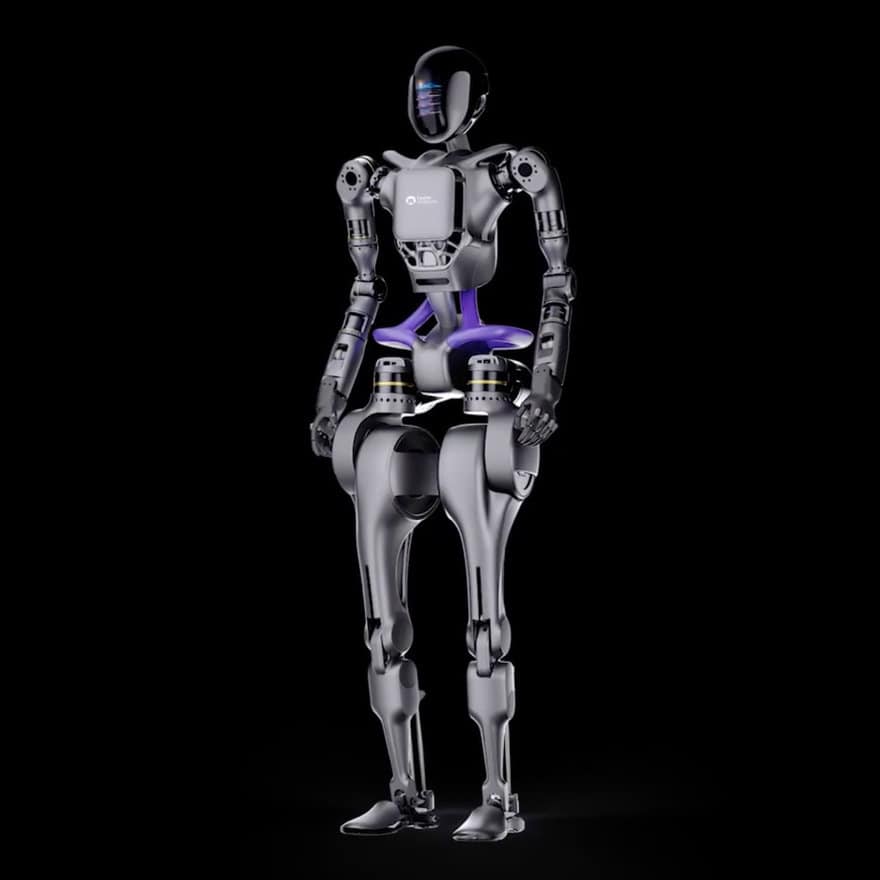

The GR-1 made its public debut at the World AI Conference in Shanghai, in July 2023. But it wasn’t the only humanoid robot there. During another display, Tesla showcased its own very sleek humanoid robot prototype, aptly called Optimus.
Another notable bot is X20, a quadrupedal machine designed for hazardous tasks like toxic gas detection. DEEP Robotics, the company behind X20, is also exploring applications in emergency rescue and fire detection, further expanding the possibilities of robotic intervention.
This story originally appeared in July 2023 and was updated with new information.


